2Department of Pulmonology, Memorial Hospital, İstanbul, Türkiye
3Department of Internal Medicine, Kastamonu University, Faculty of Medicine, Kastamonu, Türkiye
4Department of Internal Medicine, Division of Gastroenterology, İstanbul University, Faculty of Medicine, İstanbul, Türkiye
Abstract
Objective: High red cell distribution width in patients with cardiovascular disease, cerebrovascular disease, acute pancreatitis, sepsis, or hepatitis B is related to higher mortality than with normal or low red cell distribution width. The aim of our study is to investigate the relationship of red cell distribution width and other inflammatory markers with survival in patients with spontaneous bacterial peritonitis.
Methods: This retrospective study included patients with spontaneous bacterial peritonitis. Beyond red cell distribution width, Child-Turcotte-Pugh and Model for End-Stage Liver Disease scores were also calculated. In addition to this, C-reactive protein levels and erythrocyte sedimentation rates were also recorded. Spearman’s correlation test was used to analyze the relationship between red cell distribution width, survival, and other inflammatory markers.
Results: Thirty-four patients with spontaneous bacterial peritonitis were included, and the mean red cell distribution width of patients was 15.1 ± 2.69%, the mean C-reactive protein value was 64.8 ± 54.4 mg/L, the mean erythrocyte sedimentation rate was 29.7 ± 34.1 mm/h, and the mean albumin value was 2.6 ± 0.42 g/dL. We found the mean survival of patients as 8.1 ± 10.5 months. The mean Model for End-Stage Liver Disease score was 19.7 ± 7.7 and the Child-Pugh score was 10.6 ± 2.1. Red cell distribution width was negatively correlated with survival in patients with spontaneous bacterial peritonitis (r = −0.393, P = .02). However, erythrocyte sedimentation rate (r = 0.489, P = .005) and albumin level (r = 0.412, P = .02) were found to be positively correlated with survival. Conclusion: This study shows that red cell distribution width correlated negatively with survival in patients with spontaneous bacterial peritonitis.

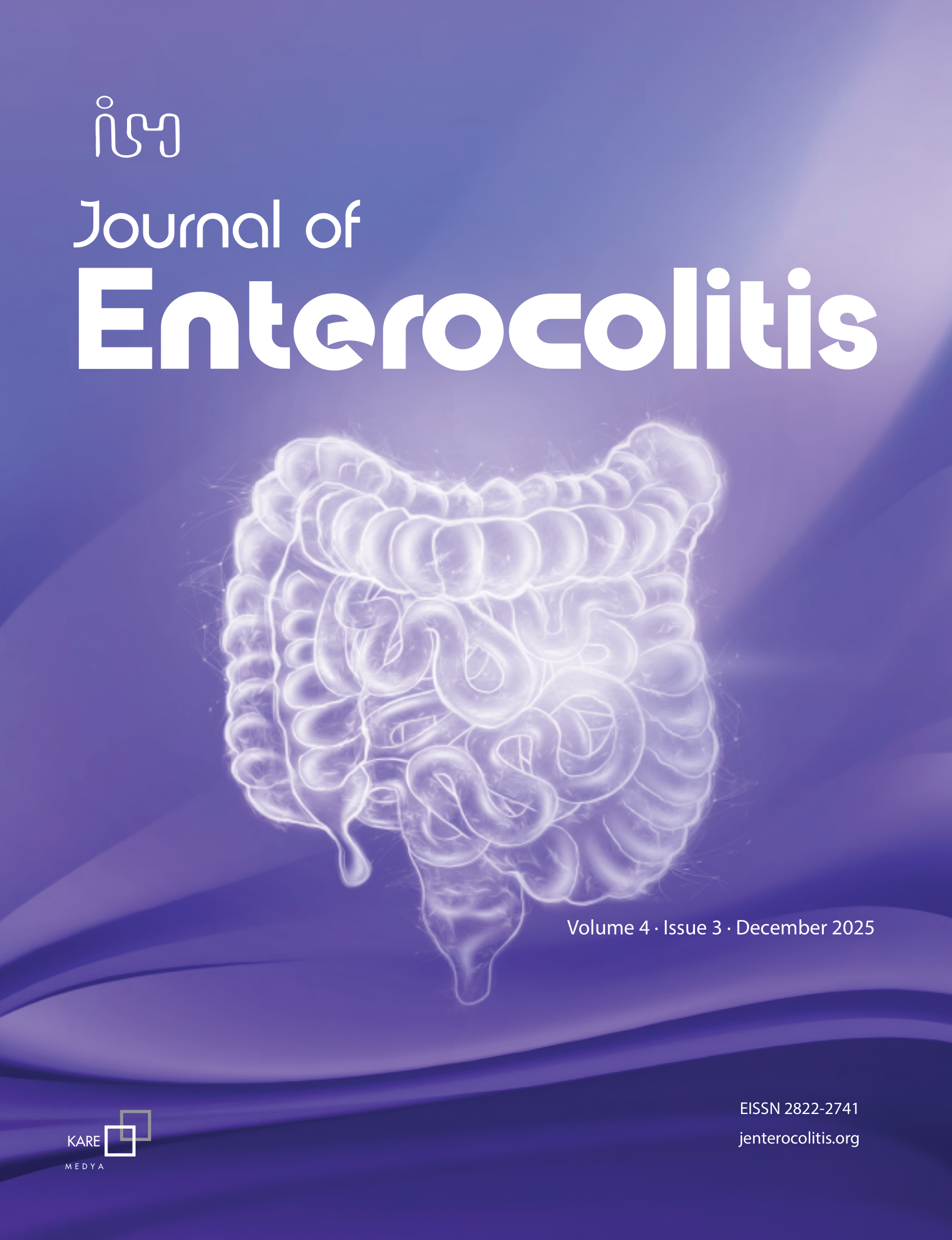
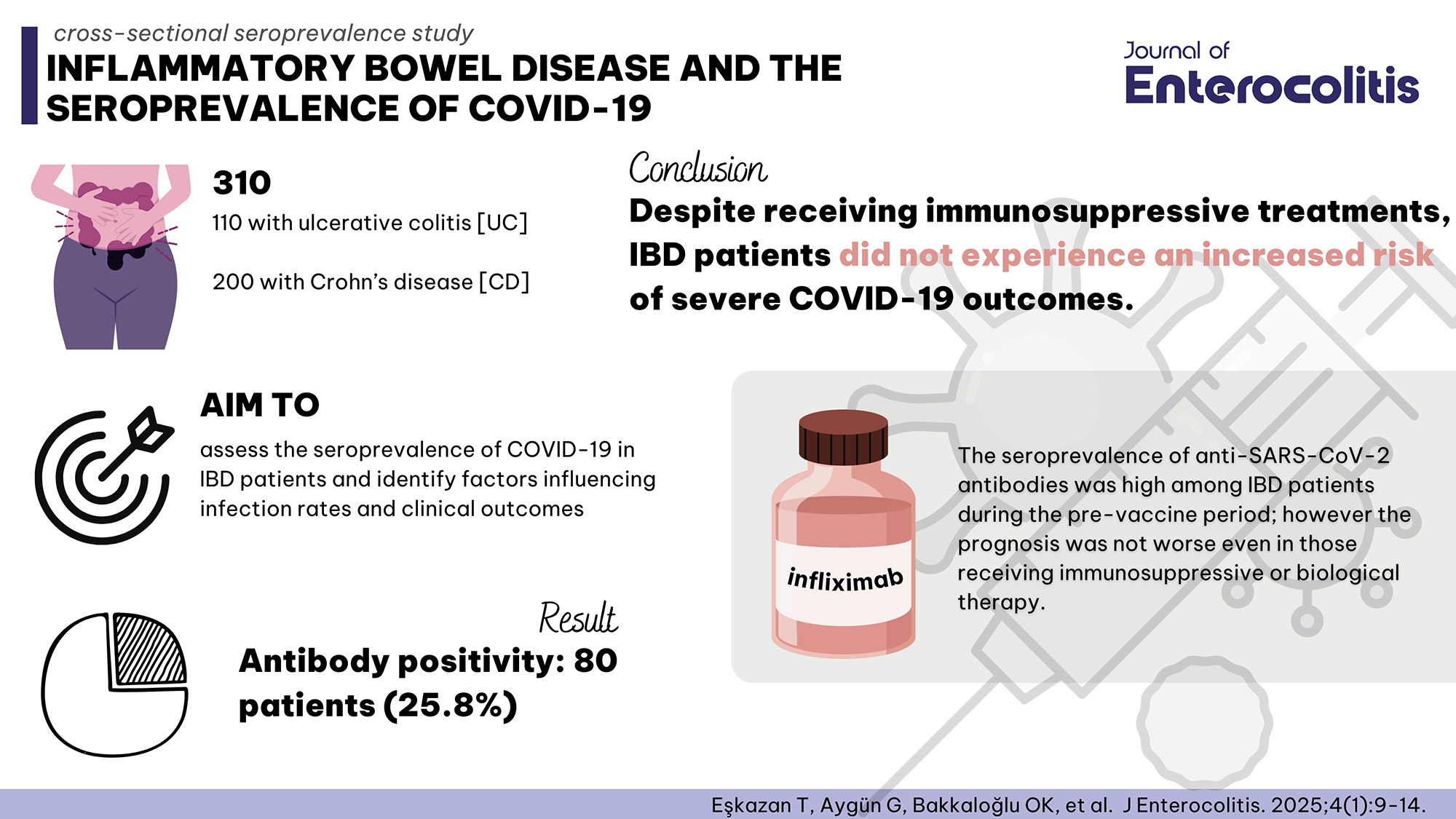

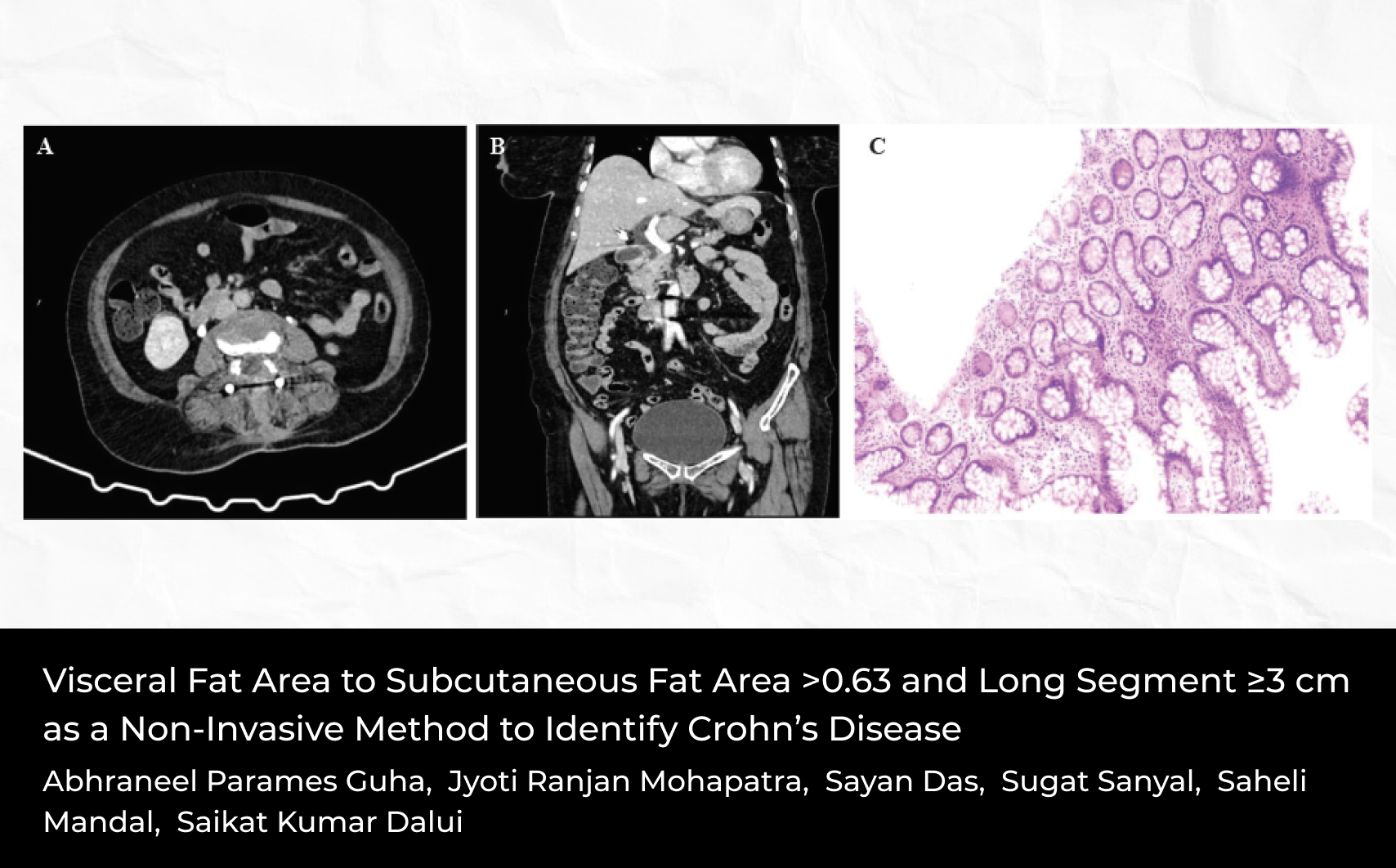
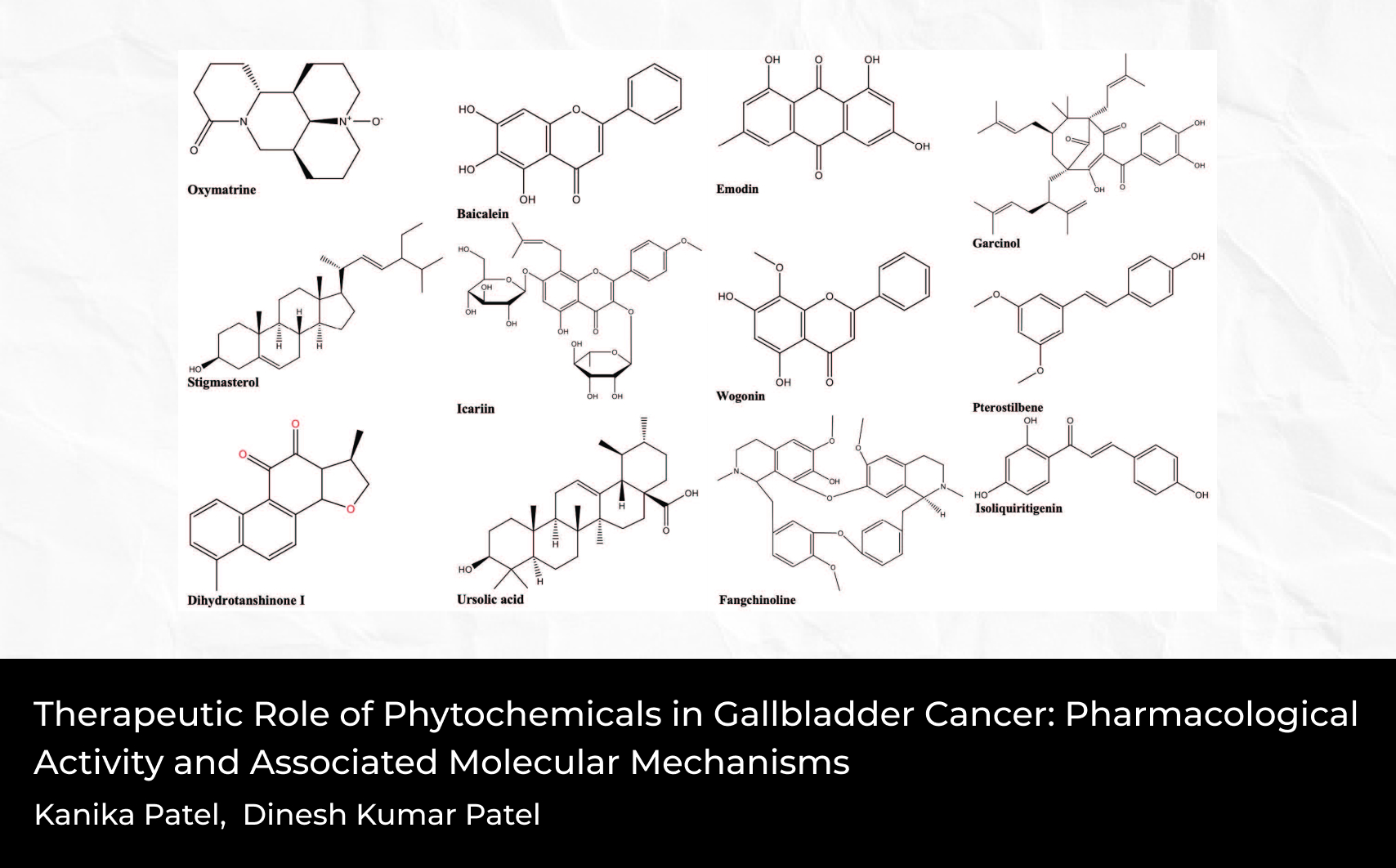
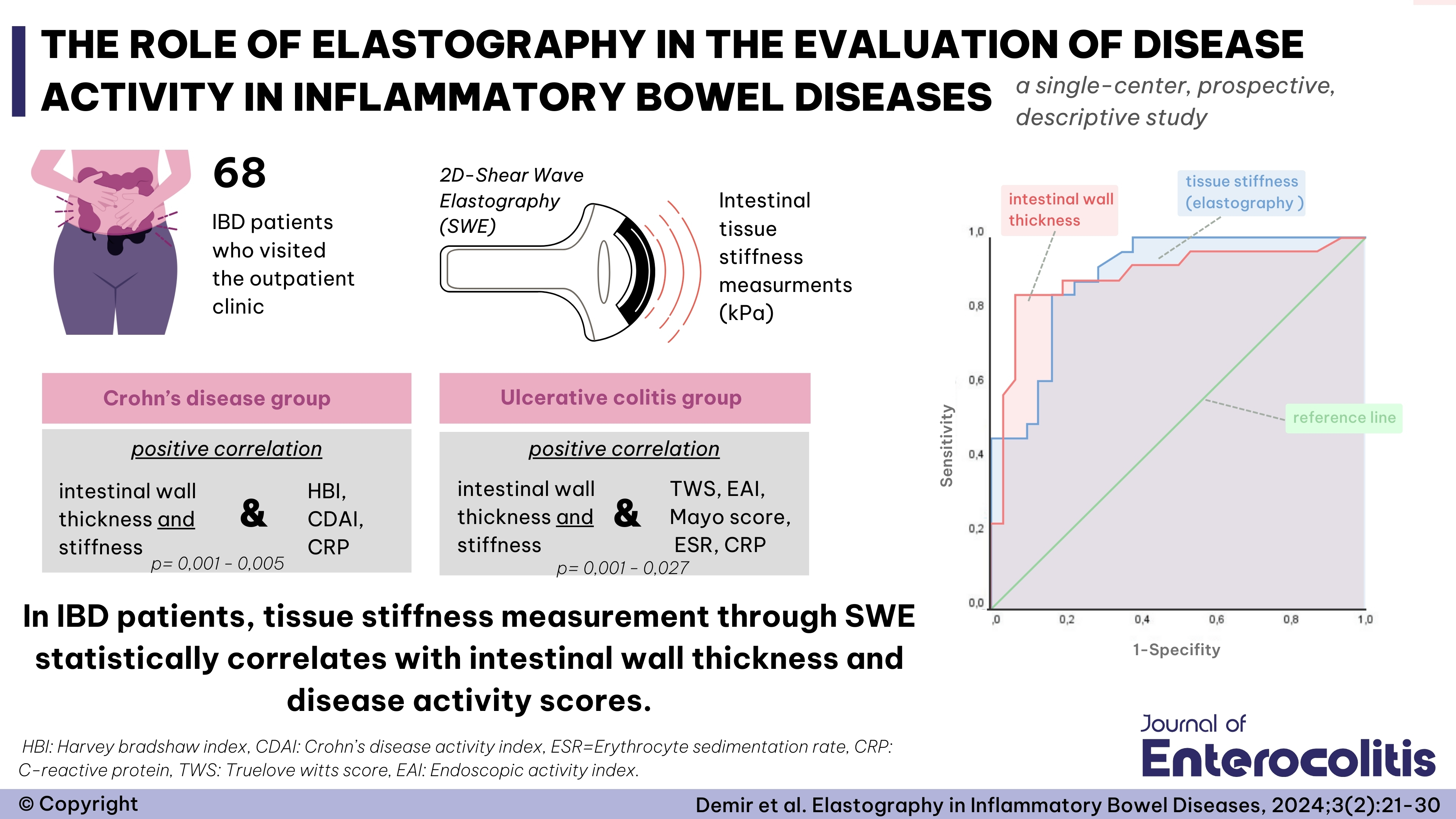


 Raim İliaz1
Raim İliaz1 






